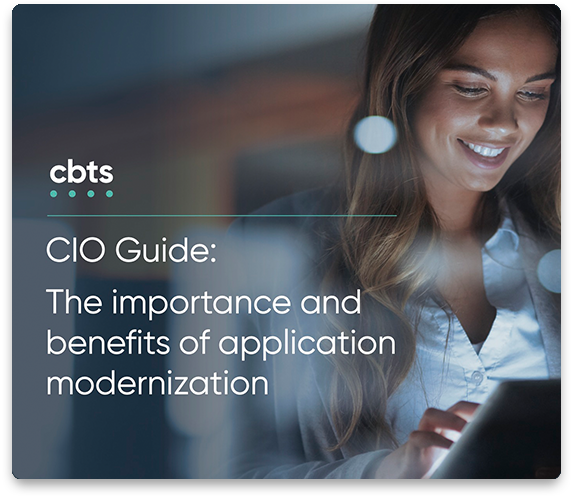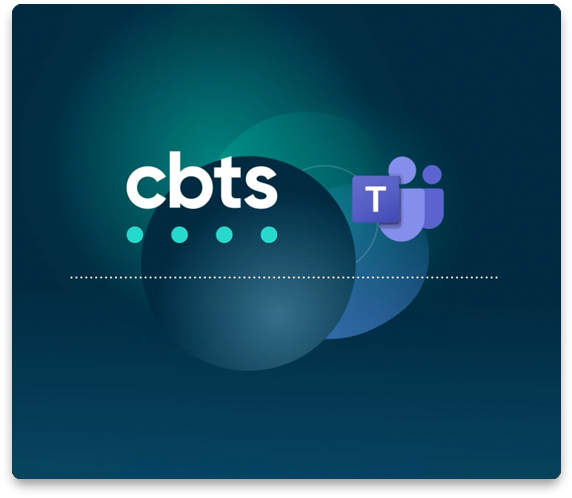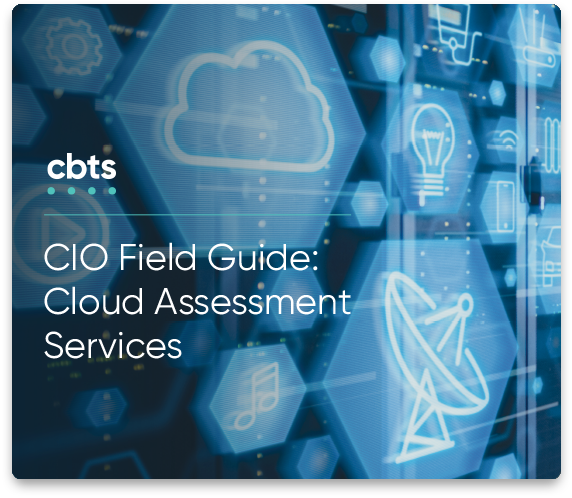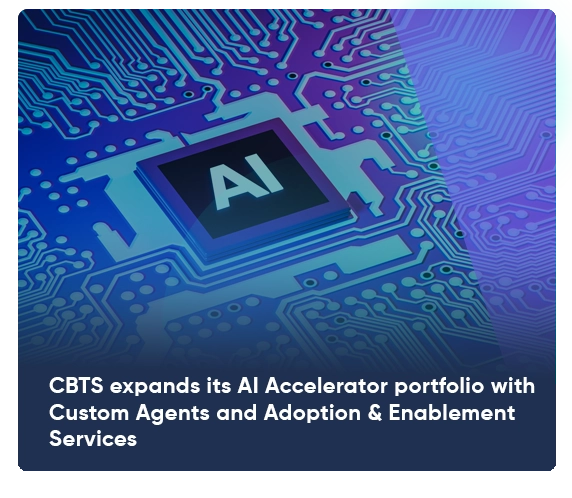
The Artificial Intelligence (AI) revolution has reached the world of contact centers. Automation tools and machine learning are integrating into contact center as a service (CCaaS) platforms for a variety of use cases, including:
- Agent support.
- Knowledge base assistance.
- Interaction summarization and scoring.
- Real-time sentiment analysis.
- Self-service through intelligent virtual assistants (IVAs).
- Real-time transcription.
- Automatic call categorization.
This post explores these use cases and how AI solutions address the most pressing concerns of contact centers.
Watch: AI-enabled support: The future of contact centers with Five9 and CBTS
The challenges facing contact centers
Contact centers face many challenges that inhibit their ability to operate efficiently. Staffing shortages stand out as a significant hurdle. Like numerous other sectors, contact centers struggle to maintain adequate staff levels to meet demand.
The global shift towards hybrid work environments further exacerbates this issue. In such settings, agents must be able to work remotely in a secure and efficient manner. However, ensuring seamless remote operations poses its own difficulties, including technical barriers, the need for effective communication tools, and maintaining team cohesion.
Agent burnout is a prevalent issue within the contact center environment. Agents frequently deal with high call volumes, leading to long queues that can seem endless. This volume, combined with the often stressful nature of the calls and the pressure to meet performance metrics, can significantly impact mental health and job satisfaction. The repetitive nature of the job, lack of sufficient breaks, and pressure to resolve every customer issue satisfactorily all contribute to the high levels of stress and burnout that agents experience.
The role of AI in the new contact center
Addressing these challenges requires a multi-faceted approach. For instance, leveraging technology such as advanced call routing, interactive voice response (IVR) systems, and AI-driven chatbots can help lower call volumes more effectively and reduce the burden on human agents.
Additionally, providing agents with robust support—including access to mental health resources, ongoing training, and career progression opportunities—can help mitigate burnout and improve overall job satisfaction. The transition to hybrid work environments also necessitates adopting secure, reliable communication and collaboration tools to ensure remote agents remain connected and productive.
Agent assistance is the primary use case for AI in the contact center. AI can monitor the level of difficulty an agent faces at any given moment with real-time sentiment analysis and prompt managers to provide breaks or route less difficult calls to agents who have had a tough stretch of calls.
AI “listens” to calls to accomplish several things:
- Automatic call categorization helps agents understand what to expect when a call is transferred to them. It also keeps managers in the loop to track larger patterns.
- AI can suggest knowledge base articles on the fly to help agents solve customer issues.
- AI can also prompt agents to upsell or cross-sell when a customer mentions a separate or relevant service.
- AI auto-generates call scores that alert managers when there are issues with agent performance.
Additionally, AI is improving call recording functionality to auto-create transcripts, summaries, and action points immediately following the call. Integration APIs automatically send the call recording notes to the CRM of choice.
Developers are making great strides with real-time translation, which could greatly expand the scope of service for call centers.
Also read: Maximizing workplace efficiency: The power of embedded AI in digital workplace solutions
Chatbots vs. IVA
Overall, contact centers are evolving from primarily voice-centric to include all the channels an organization operates through, including web chat, SMS text, e-mail, and social media messengers. The next generation of chatbots is paving the way for genuine omnichannel self-service support that lowers the burden on support agents.
Chatbots are morphing into intelligent virtual agents (IVAs), which are AI-powered and rely on natural language understanding (NLU) technology to better understand and respond to customer requests. A critical difference between chatbots and IVA is that legacy chatbots function on the web, while IVAs are now embedded across channels, including social media messengers.
Using similar AI technology, interactive voice response (IVR) can now handle increasingly complex customer voice requests and lower contact centers’ overall call volume.
Keeping contact center AI solutions secure
Contact centers employ next-generation authentication tools, such as advanced voice biometrics, to counter emerging threats like voice deep fakes. They also use voice biometrics to authenticate users in high-regulation industries such as healthcare, financial, and government settings. The voice authentication process involves comparing the caller’s voice and account number to previous calls. If they match, the caller can proceed with their request.
Voice biometrics do not simply rely on a speaker’s audio wave print (aka the sound quality) but on a range of data points, such as intonation and various undisclosed signatures, that help create a fingerprint of a customer’s voice.
The future of the contact center
Overcoming the obstacles faced by contact centers demands not only technological innovation but also a solid commitment to supporting the well-being of agents. By addressing these challenges head-on, contact centers can enhance their efficiency and provide better customer service while creating a more positive and sustainable work environment for their staff. AI is a powerful tool in the portfolio of contact center managers and admin, enabling them to prioritize solutions for the health of their agents and overcome staffing challenges with the means to accomplish more with fewer resources.
AI will no doubt continue to transform the contact center with a variety of emerging solutions. As AI advances and becomes ubiquitous, it seems clear that the contact center will continue evolving from a “call center” to omnichannel support. Eventually, contact centers will become more proactive and transition into customer outreach. Agentless contact centers may soon become a reality, but most organizations will continue to advance AI as an investment in their human workforce.
AI is not our first rodeo. CBTS has helped our clients navigate the ups and downs of digital innovation for over 40 years. Need help navigating the AI revolution? Get in touch to learn about our AI readiness assessment.




















